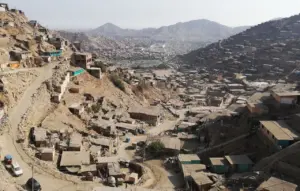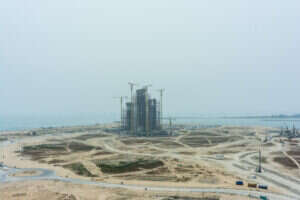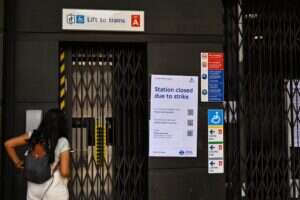Comparing the wealth and living standards in different cities can be pretty hard to do. Rich cities tend to come with exorbitant living costs, too. It may be easier to earn the equivalent of $1000 in London than it is in, say, Bucharest – but when that money is worth so much more in the latter, how can you sensibly compare the two?
Step forward McDonald’s. The fast food giant is one of the most ubiquitous companies in the world, selling similar products in cities all over the globe. Since 1986, the Economist has been making good use of this global presence, and producing the Big Mac Index: a measure of how many ostensibly identical hamburgers $50 will buy you in cities all over the world.
The magazine’s goal with this index was to highlight whether currencies were over- or under-valued: hamburgers, it noted, are most digestible than the rather dry economic theory of purchasing power parity (PPP). More recently, researchers at the Swiss bank UBS have done further work in this field (“burgernomics”) by working out how long the average worker would have to labour to buy a burger.
It’s the latter’s figures that our pals at Statista have used when compiling the map above. The numbers represent how many minutes the average worker in each city would have to work for before they could afford their double decker burger.
In other words, however you cut it, workers in cities represented by smaller bubbles are richer.
You can instantly see an entirely predictable league table. Workers in rich western cities need to work for around 11 minutes to get the cash required to buy their burger (the figures range from 9 minutes in Hong Kong to 13 in Berlin). In middle income countries – and rich cities in poorer regions – buying your lunch will take you a more significant chunk of your hour. In Dubai it’s 17 minutes, in Moscow it’s 20, in Buenos Aires 29.
In cities in the developing world, it can take anything up to an hour – or, in some cases, rather longer. At the very bottom of the ranking of our selected cities is Nairobi, the Kenyan capital, where you’ll need to work for the better part of three hours to be able to afford your Big Mac. Doesn’t seem worth it, really, does it?
The lesson here, should you need one, is clear. Fast food may be bad for your body. But it’s a pretty good way of understanding comparative economics.
You can read more about the Big Mac Index on the Economist‘s website.






